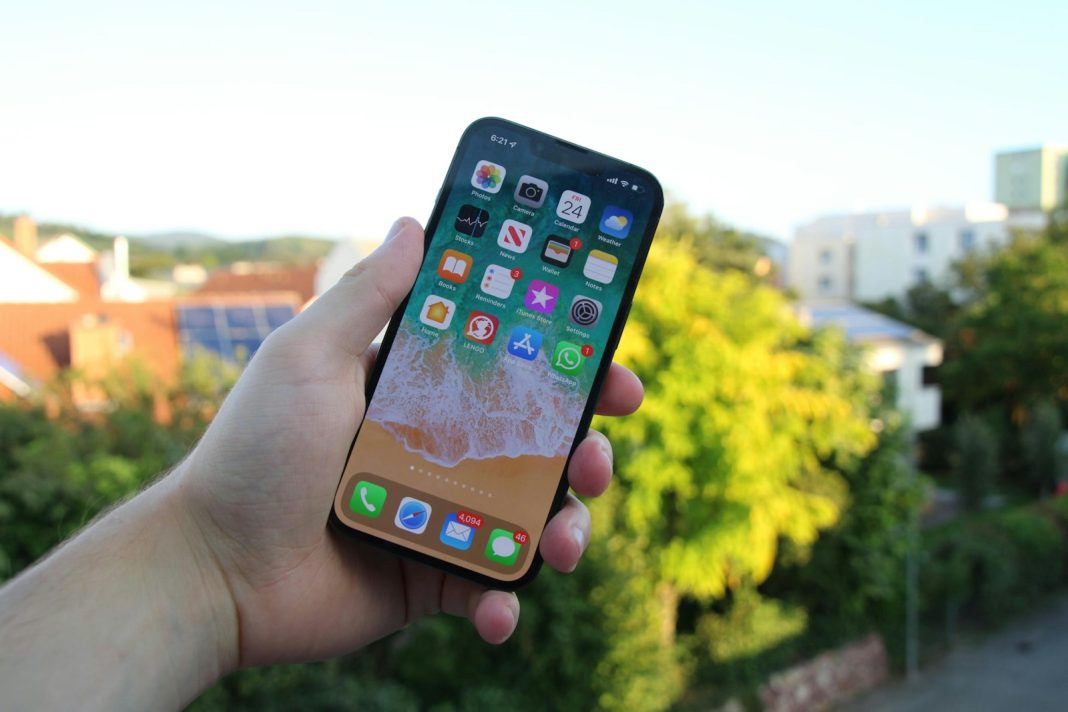In a recent high-profile launch event, Apple introduced its latest flagship, the iPhone 16, alongside new iterations of the AirPods and Apple Watch. As the tech giant seeks to redefine its smartphone offering with a significant push towards artificial intelligence, the iPhone 16 faces stiff competition from two major rivals: Google’s Pixel 9 and Samsung’s Galaxy S24. Here, we provide a comprehensive comparison of these leading devices, assessing their unique features and performance metrics to help consumers navigate their choices.
Apple’s iPhone 16: An AI-Focused Evolution
The iPhone 16 marks a notable shift for Apple, incorporating the company’s first substantial foray into artificial intelligence with its newly introduced Apple Intelligence platform. The new line-up features four distinct models: the base iPhone 16, the larger iPhone 16 Plus, and the advanced iPhone 16 Pro and Pro Max. Apple has retained its traditional “candy bar” design but reintroduced physical buttons to enhance user interaction—a significant departure from its recent trend towards minimalist touch controls.
Notably, the iPhone 16 now includes a customisable Action Button, previously exclusive to the Pro models, and a new Camera Control button designed to emulate the tactile feel of a DSLR shutter. This addition allows users to adjust camera settings with varying levels of pressure, adding a layer of control not commonly found in smartphones. The inclusion of the A18 chip across all models ensures robust performance, with the Pro variants benefiting from the enhanced A18 Pro chip. This chip is designed to support graphic-intensive applications, such as high-end gaming.
The iPhone 16 Pro models boast larger displays, with the Pro featuring a 6.3-inch screen and the Pro Max a 6.9-inch screen, all while maintaining a slim profile. Apple’s AI features, including Visual Intelligence, will be rolled out starting next month, initially in U.S. English. The iPhone 16 starts at £799, with the Pro Max reaching £1,199 for the top-tier option.
Google Pixel 9: Innovation through Foldable Technology
In contrast to Apple’s incremental upgrades, Google’s Pixel 9 introduces a notable design innovation: the foldable Pixel 9 Pro Fold. While Google previously explored foldable technology in a separate sub-brand, the Pixel 9 integrates this feature into its primary line up. Consumers can choose between the standard Pixel 9, the Pixel 9 Pro, or the foldable Pixel 9 Pro Fold.
The foldable model presents an intriguing option for those seeking a more versatile device, although it comes with trade-offs, such as higher costs and reduced camera capabilities compared to the non-folding variants. Google’s emphasis on software innovation continues with features like “Add me” for group shots, Pixel Studio for AI-generated images, and “reimagine” for AI-based photo editing. However, some of these features have sparked debate regarding their ethical implications.
With pricing for the Pixel 9 starting at £799 and the Pixel 9 Pro at £999, Google offers competitive pricing but lacks a clear cost advantage over Apple’s offerings. The unique selling points of the Pixel 9 lie in its foldable design and exclusive software capabilities, although the impact of Apple Intelligence might diminish the appeal of Google’s software-centric features.
Samsung Galaxy S24: A Traditional Yet Premium Offering
Samsung’s Galaxy S24 series remains a formidable competitor, adhering to a more conventional design ethos compared to Apple and Google. The Galaxy S24 Ultra, in particular, stands out with its impressive 200-megapixel main camera sensor, surpassing the 48-megapixel camera on the iPhone 16 Pro. The base Galaxy S24 also features a 50-megapixel main camera, outshining the iPhone 16’s 48-megapixel sensor.
A distinctive feature of the Galaxy S24 Ultra is its built-in S Pen, offering enhanced note-taking capabilities that are challenging to replicate with third-party styluses on the iPhone. Although Samsung’s AI capabilities are less advanced than Apple’s proposed offerings, the S24 includes features such as sketch-to-image, which leverages its hardware effectively.
Pricing for the Galaxy S24 aligns with the iPhone 16 at £799, but the Galaxy S24 Ultra starts at a higher £1,299, positioning it as a premium option. It’s worth noting that the Galaxy S24 line was released earlier in the year and may see a refresh soon, potentially influencing its current pricing and available discounts.
The iPhone 16 represents a significant step for Apple, blending advanced AI capabilities with a renewed focus on physical interaction through its new buttons. Google’s Pixel 9 differentiates itself with foldable technology and unique software features, though it lacks a clear cost advantage. Samsung’s Galaxy S24 offers a strong traditional alternative, particularly in terms of camera performance and integrated features like the S Pen.
As consumers weigh these options, their decision will likely hinge on preferences for design, AI functionality, camera quality, and budget. With ongoing advancements in smartphone technology, future updates and pricing adjustments may further influence the competitive landscape in the coming months.


